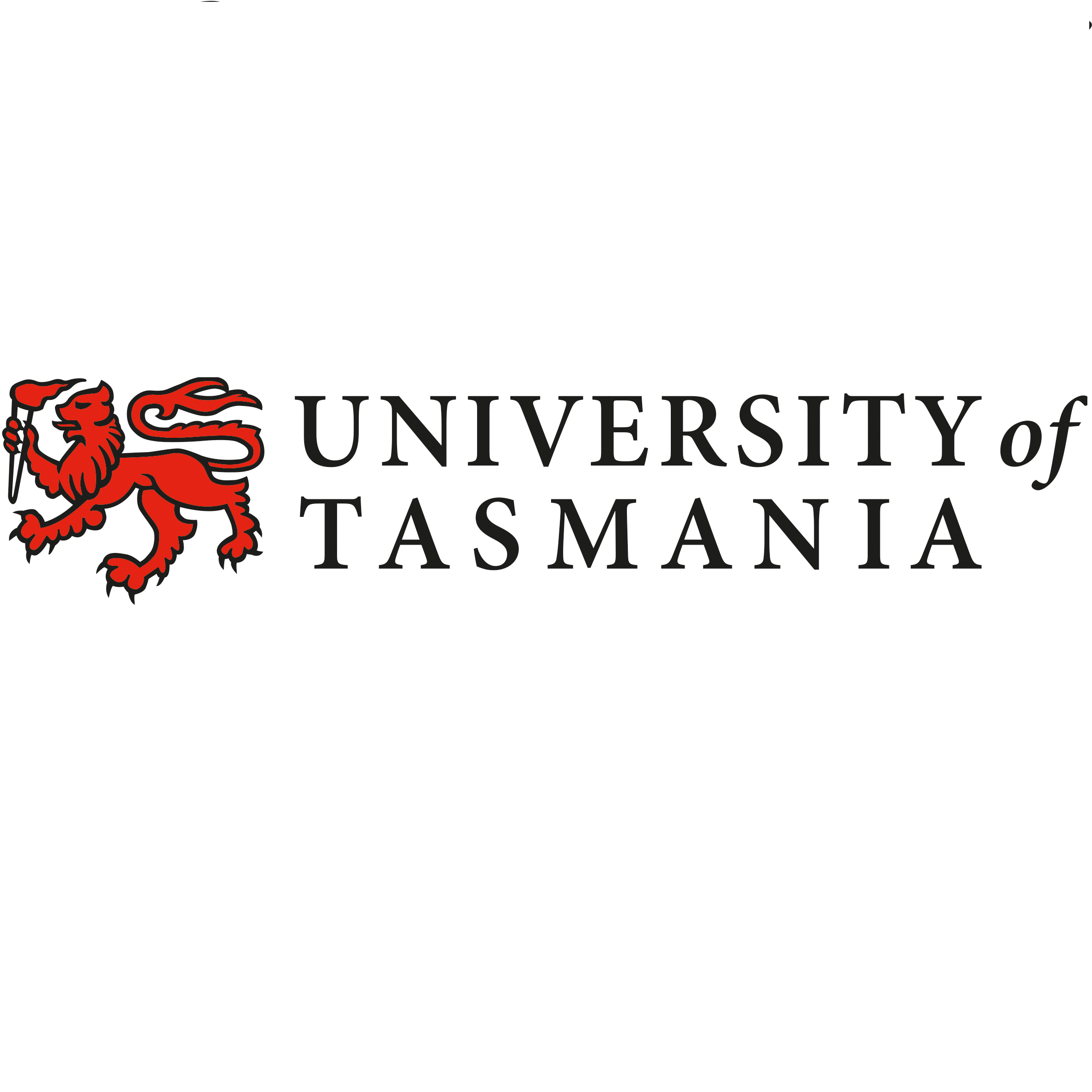Full description
The long spined sea urchin Centrostephanus rodgersii (Diadematidae) has recently undergone poleward range expansion to eastern Tasmania (southeast Australia). This species is associated with barrens habitat which has been grazed free of macroalgae, and therefore has potentially important consequences for reef structure and biodiversity.This study used urchin removal experiments from barrens patches in eastern Tasmania to monitor the subsequent response of the macroalgae relative to unmanipulated barrens patches.
In removal patches, there was a rapid proliferation of canopy-forming macroalgae (Ecklonia radiata and Phyllospora comosa), and within 24 months the algae community structure had converged with that of nearby areas without urchins.
Faunal species richness was comparatively low in barrens habitat, with C. rodgersii grazing activity resulting in an estimated minimum net loss of approximately 150 taxa compared with intact macroalgal habitats.
Lineage
Maintenance and Update Frequency: notPlannedNotes
CreditFunding: School of Zoology, TAFI (University of Tasmania) Core grant (i.e. from State Govt) and grant from Tas Abalone Council; some funding from FRDC 2001/044
To examine the impact of the range-extending sea urchin Centrostephanus rodgersii on reef habitat structure and associated biodiversity within the extended range by using controlled sea urchin removal experiments.
Created: 10 06 2008
Data time period: 2003-11-19 to 2006-11-30
text: westlimit=148.25000000000003; southlimit=-41.95; eastlimit=148.45; northlimit=-41.75
text: uplimit=15; downlimit=9
User Contributed Tags
Login to tag this record with meaningful keywords to make it easier to discover
(DATA - Algal recovery data following urchin removal from incipient barrens [direct download])
uri :
https://data.imas.utas.edu.au/attachments/dbae9f60-3679-11dd-9409-00188b4c0af8/kelp_recovery.xls![]()
(DATA - Presence/ absence data of algal and faunal taxa in kelp, barrens, and recovered patches [direct download])
MAP - Site of Centrostephanus removal and algal monitoring (imas:FR1_CRJohnson_Expansion_sea_urchin_loss_taxonomic_diversity_kelp_GV)
uri :
https://geoserver.imas.utas.edu.au/geoserver/wms![]()
(View and download this data through the interactive IMAS Data Portal.)
uri :
https://data.imas.utas.edu.au/portal/search?uuid=dbae9f60-3679-11dd-9409-00188b4c0af8![]()
- global : dbae9f60-3679-11dd-9409-00188b4c0af8


